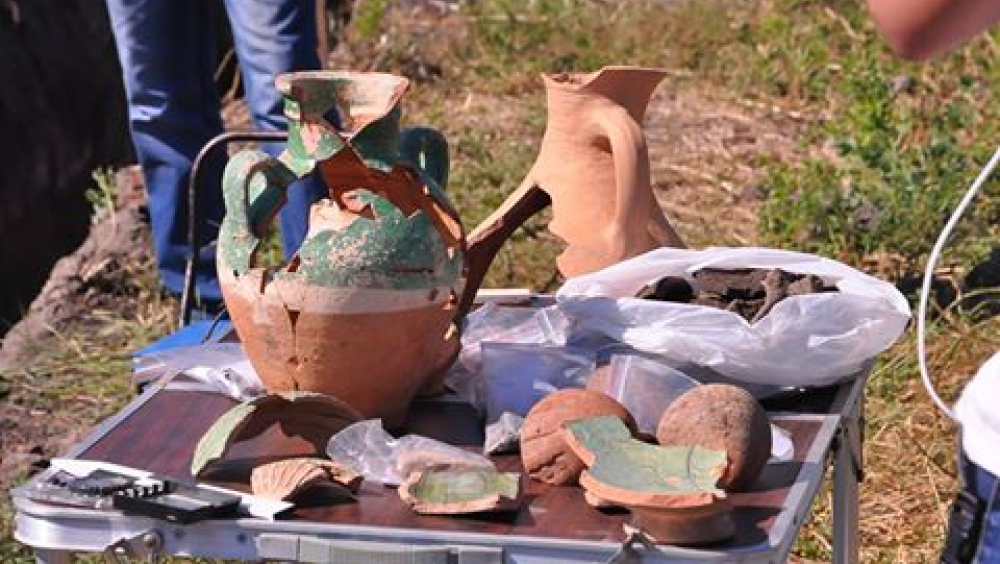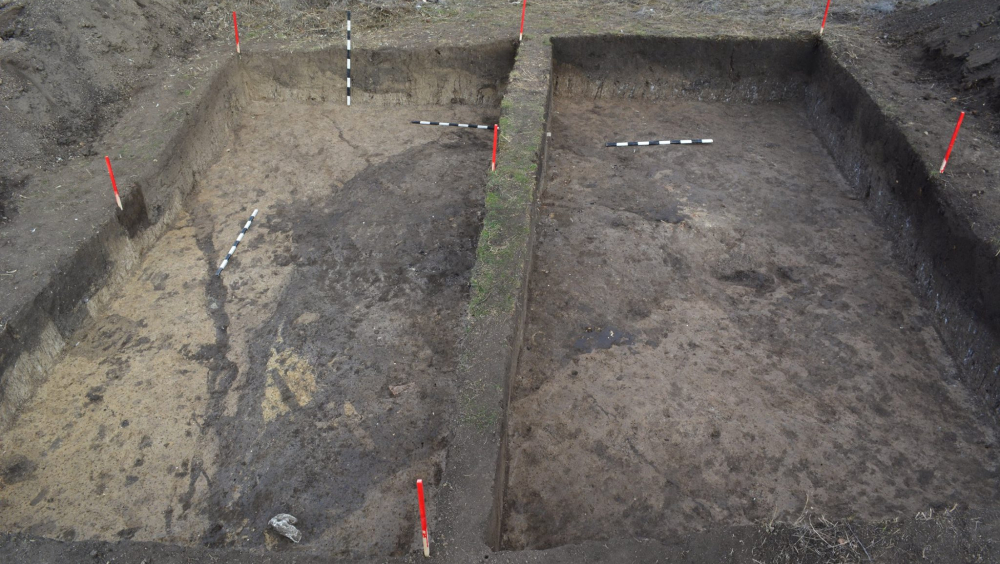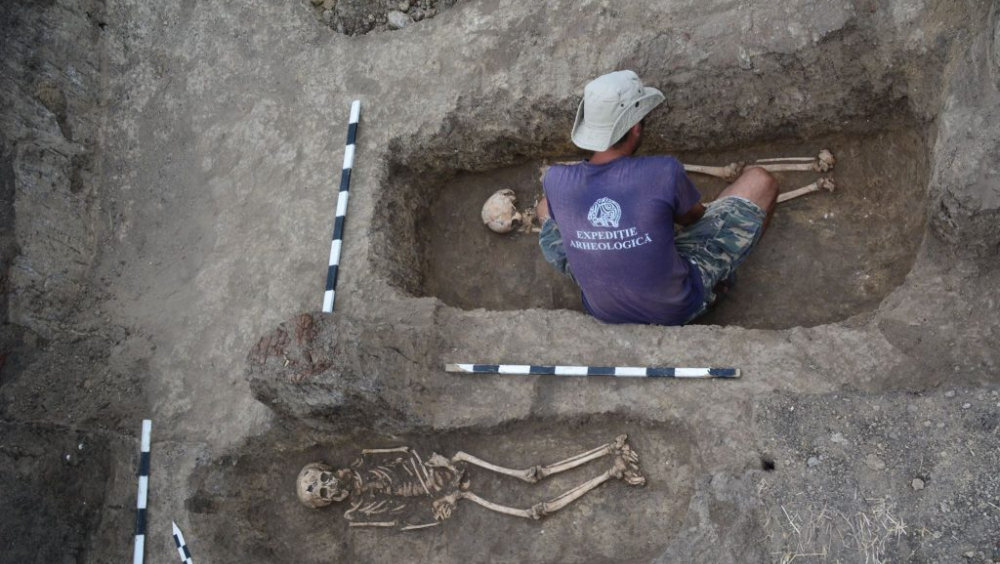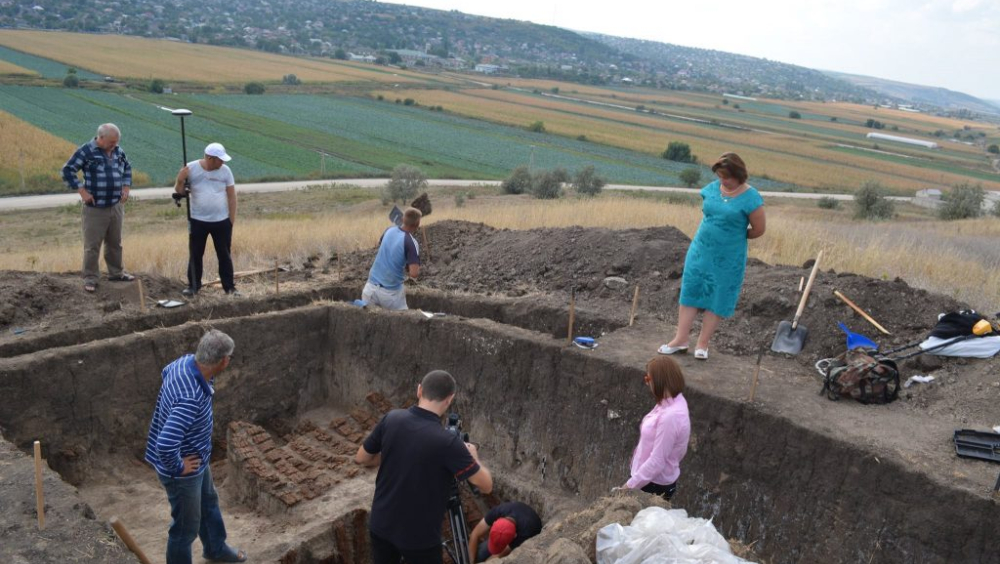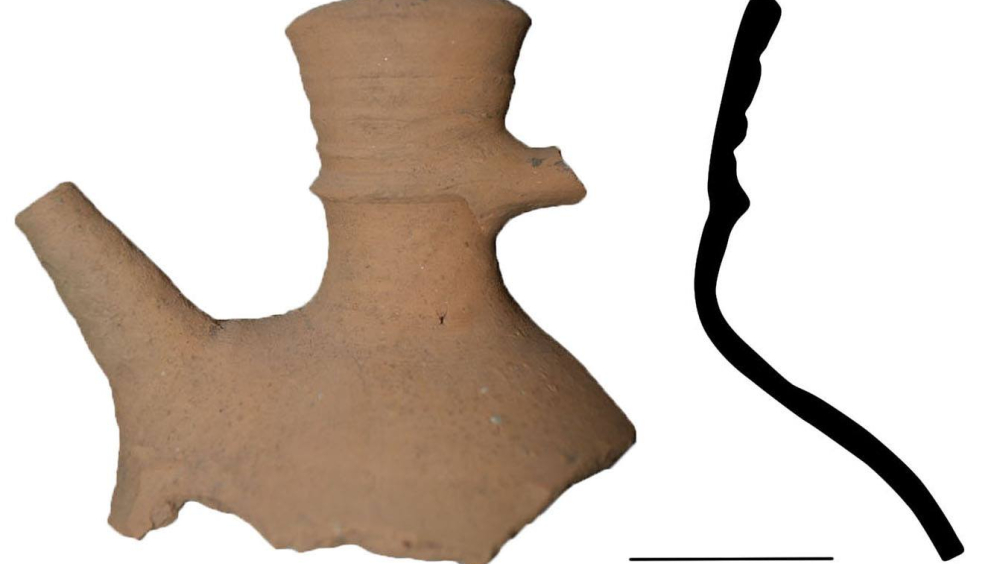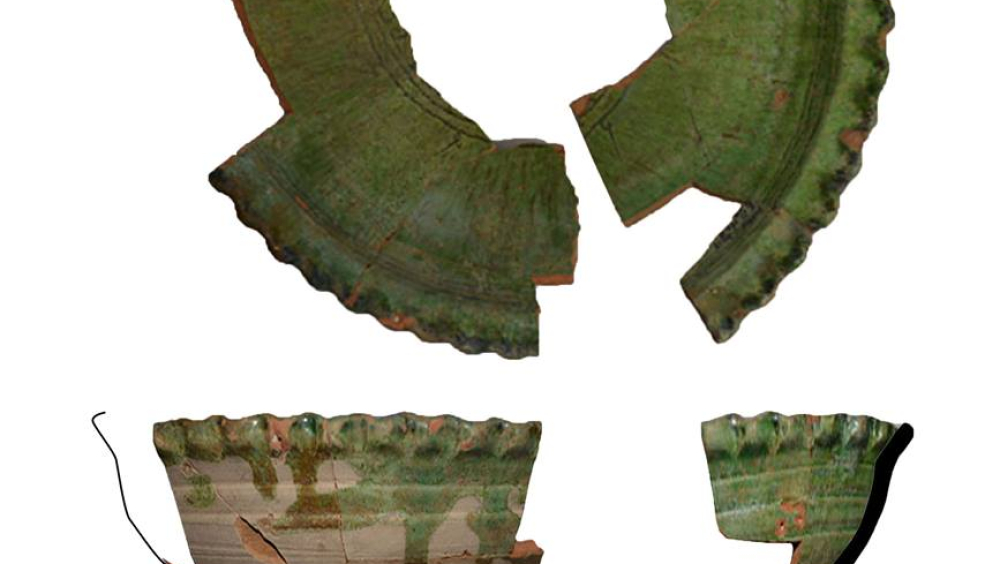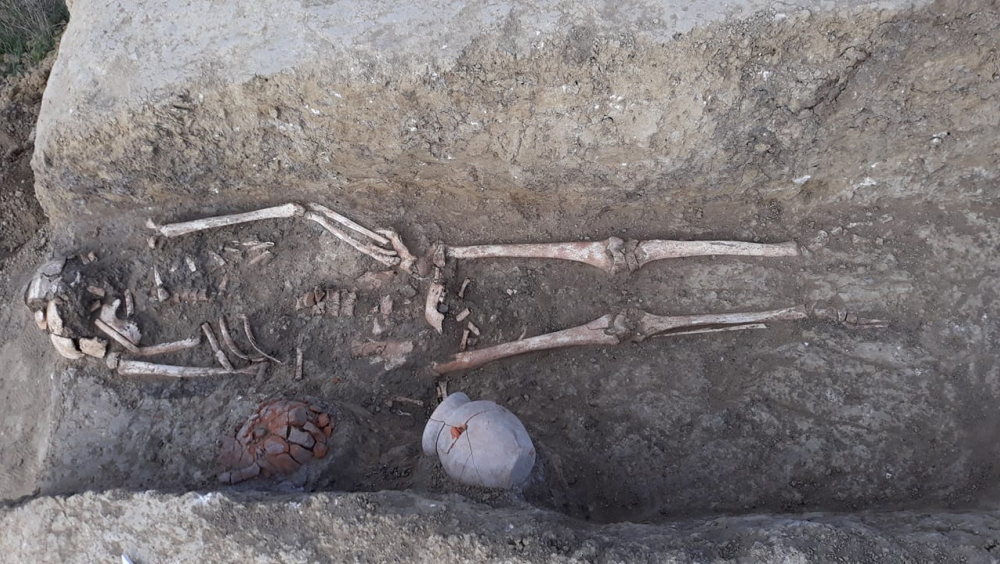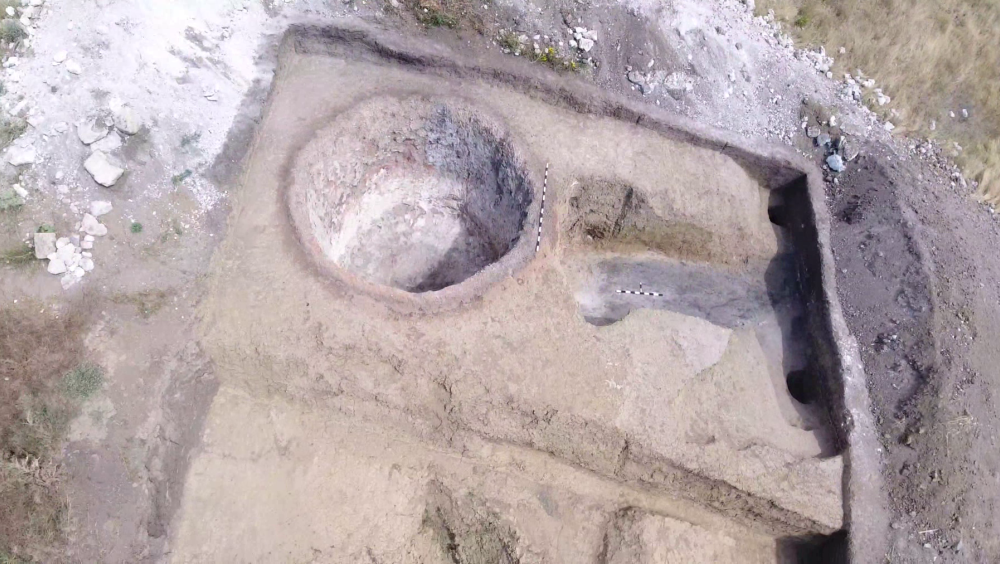The medieval town of Costești Gîrlea: capitalizing on the heritage that surrounds us
The village of Costești, Ialoveni district of the Republic of Moldova, is situated on the banks of the Botna River, which has allowed life in the region from the earliest times. In the locality, there are 8 archaeological sites, among which it is worth mentioning the Medieval Complex of Costești-Gârlea, which represents the largest archaeological site in the Republic of Moldova and consists of a large city, a medieval cemetery, and an earth fortress, which were active around the years 1200-1400. The archaeological ensemble was discovered and entered the scientific circuit 100 years ago, in 1924, by the historian Ștefan Ciobanu. During the Soviet period, the archaeological ensemble did not enjoy increased interest from researchers, hence few studies were conducted, but which brought significant discoveries for the Republic of Moldova and for the entire territory occupied by the Golden Horde Empire, but there exist also other cultural horizons such as a tomb from the 4th century or an archaeological complex with 2 tombs and 19 inventory items from the Bronze Age. Thus, in 1956, during the research conducted under the aegis of the archaeologist Nicolae Chetraru, a so-called mausoleum was discovered, with a lot of archaeological material, among which stand out two large funeral stones with inscriptions of poems in Arabic. After the declaration of independence of the Republic of Moldova, the Archaeological Ensemble of Costești-Gârlea was scarcely researched, but in 2016 we began a beautiful collaboration with the National Archaeological Agency, which resulted in annual archaeological research at Costești, in places most affected by natural and human factors. During these investigations, several archaeological complexes of different types were brought to light, as well as a significant quantity of ceramic material, all of which are part of the heritage that surrounds us.
The village of Costești, located in the Ialoveni district of the Republic of Moldova, is situated along the Botna River, which has enabled life in the region from ancient times. There are eight archaeological sites and two architectural monuments in the village: the Saint Nicholas Church built in 1909 and the Filip Todirascu Music School constructed in 1937 as the town hall building in a Neo-Romanesque architectural style. Among these monuments, a significant component of the local cultural heritage that must be mentioned is the Medieval Complex of Costești-Gârlea, representing the largest archaeological site in the Republic of Moldova. It consists of a large city, a medieval cemetery, and an earth fortress, which were active around the years 1200-1400. The archaeological ensemble was discovered and entered the scientific circuit 100 years ago, in 1924, by the historian Ștefan Ciobanu. The first archaeological investigations were conducted in 1934 by Teodor Poruccic. During the Soviet era, the archaeological ensemble did not enjoy much interest from researchers, hence few studies were conducted, but these brought significant discoveries for the Republic of Moldova and for the entire territory once occupied by the Golden Horde. There are also other cultural horizons, such as a tomb from the 4th century or an archaeological complex with two tombs and 19 inventory items from the Bronze Age, mostly consisting of molds for casting small bronze axes and other ceramic items. Thus, in 1956, during the research carried out under the auspices of archaeologist Nicolae Chetraru, a so-called mausoleum with a lot of archaeological material, two broken columns with spiral patterns, coins, and other archaeological pieces was discovered. Among these, two tombstones with Arabic inscriptions stand out. The first stone measures 180 cm in length, 50 cm in width, and 15 cm in thickness, with the border thickness at the top being 5 cm and at the bottom 11 cm. The inscription is in Arabic: “The prophet said: Peace be upon him! Death is the gate, and everyone among men enters through it. Death is a bowl, and every man has drunk from it” (translated from Russian). The author and date of the inscription are missing.
The second stone has the following dimensions: 180 cm in length, 51 cm in width, 11 cm in thickness, with the border thickness at the top being 5 cm and at the bottom 9 cm. The inscription is also in Arabic and likewise lacks the name or date: “The prophet said: Peace be upon him! This world is an hour, so show obedience in the course of this hour. The prophet - the messenger of Allah, may Allah bless him and greet him”. Also, during the Soviet period research, several furnace traces, dwellings, a ceramic pipe aqueduct, coins, and a vast amount of ceramic material were found. After the independence of the Republic of Moldova was declared, the Archaeological Ensemble of Costești-Gârlea has been little researched, but in 2016 a fruitful collaboration began with the National Archaeological Agency, which led to annual archaeological investigations at Costești, in the places most affected by natural and human factors. During these investigations, several different types of archaeological complexes were uncovered, including over 40 graves, among which five graves were distinguished having covers of pear trees, one of them containing as inventory a carnelian ring, another grave had as inventory two ceramic vessels. A significant part of the discoveries made occupies an impressive quantity of ceramic material, among which a stone pot, several ceramic dishes, and imported Kashan ceramics stand out, the majority of the vessels featuring decorations, some with green glaze. In 2016, during archaeological research, a large lime-burning kiln was discovered. In the context of archaeological research in the medieval city of Costești, a huge quantity of coins was found, some of which are presumed to have been minted at Costești, along with other metal items such as rings, a bronze brooch, a pair of scissors. Taking all these into account, the Cultural Heritage of the village Costești is vast and diverse, blending with the daily life of the locals.
Name: Mircea Sula
Email: sulamircea@gmail.com
The Archaeological Heritage of the village Costești is diverse and fits perfectly within the broader European cultural heritage, especially the medieval town of Costești Gârlea, which is an archaeological complex with many cultural horizons. Within this complex, one can clearly distinguish the development of culture in Europe over several centuries.
